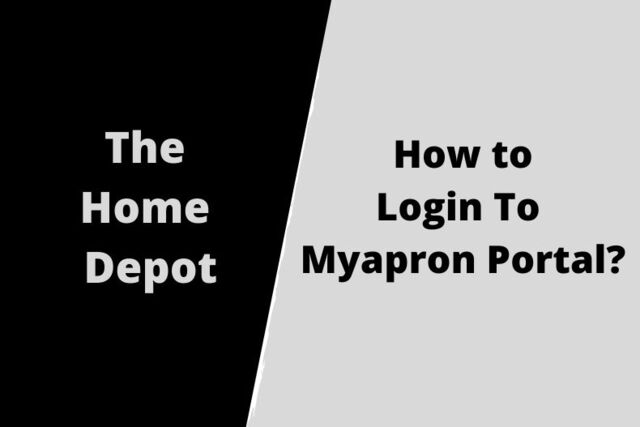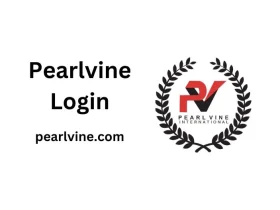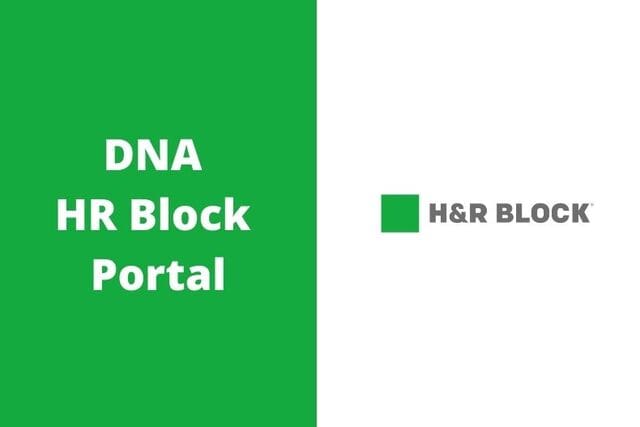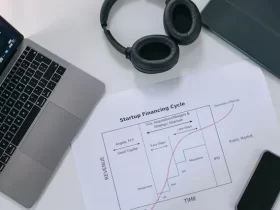One of the biggest benefits of starting a small business right now is the online component. Setting up an online shop can propel your small business to new heights simply by reaching new clients you couldn’t otherwise. If you’re trying to begin selling your products online, there are a few steps you’ll need to take first.

Find a Sales Processor
The first step to selling online is to find a sales processor. If you don’t have a server that can handle your clients’ money and credit card information, it’ll be impossible to make online sales. Depending on where you choose to sell from, there may be sales processors built in, or you may need to choose your own.
For instance, platforms like Amazon or Etsy have their own processors already worked into the site. If you’re hosting your own website, including a sales processor such as Paypro is what allows your clients to make purchases without having to call or mail in their orders. With a working payment processor built into your website, your customers will enjoy the convenience of online ordering with your small business.
Set Up Your Platform
Once you have a payment processor chosen, your next step is to set up the actual selling platform you’ll be using. Whether you’re running your own website or selling from a third-party site such as Amazon, your storefront needs to look professional and inviting for your clients.
As an example, your website should be laid out simply but effectively. Products should be displayed with adequate information and images to describe them without crowding each page. When setting up your storefront, choose a layout that maximizes effectiveness while retaining flow and style. Clients won’t want to stick around if your site is cluttered and messy– keeping things organized and easy to navigate will help boost sales.
Bring In Your Customers
The third step to selling products online as a small business is to bring in your customers. While the first two steps mainly tie into how you prepare your website, this is where the rubber hits the road with marketing. No matter how good your site looks, how streamlined your ordering system is, or how great your products are, people won’t buy from you if they don’t know you exist.
Before you can expect a high return on the investment you made in setting up your website, you need to promote it. If you have a physical storefront, start directing clients to your site on receipts or ads. For small businesses that are mainly online, SEO marketing and PPC advertising can help increase visibility and traffic for your website, leading to more clients and better sales numbers in time. Whether a majority of your business happens online or in person, your customers need to know where your site is.
In summary, getting started with online sales doesn’t have to be a difficult hurdle for your small business to cross. With a bit of planning and effort, you can get an online storefront up and running to help draw in a larger clientele.











